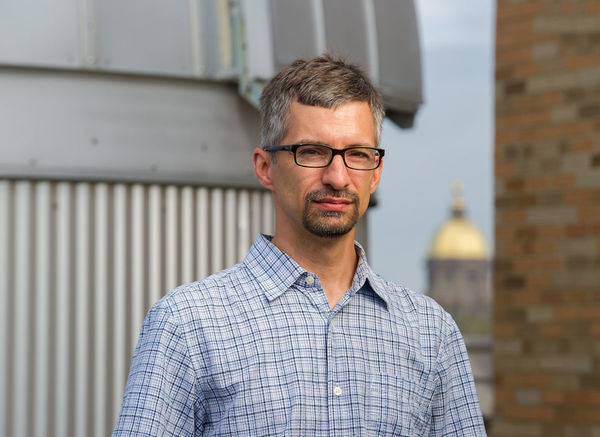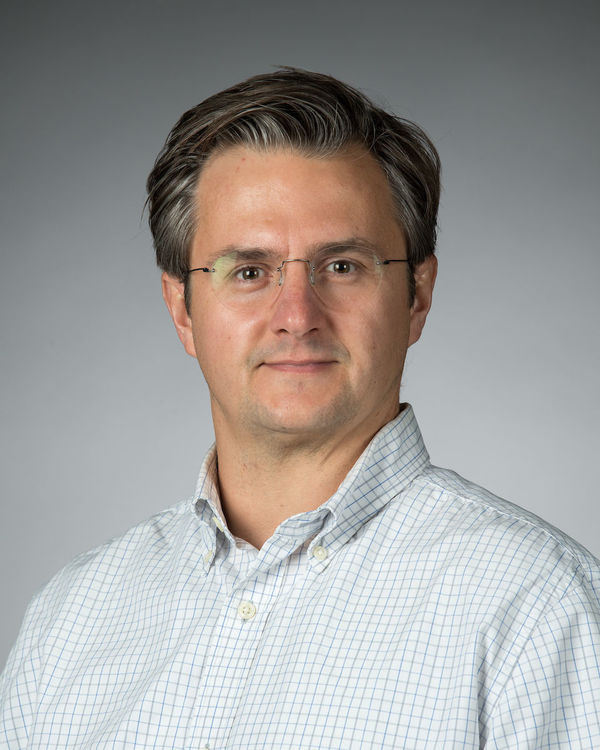
A proposal by two professors in the Notre Dame Department of Physics has been selected as one of the first projects for the General Observer programs for the James Webb Space Telescope, which will be launched later this year.

Professor J. Christopher Howk, Research Professor Nicolas Lehner, and collaborators will study how galactic dust and gas is expelled from the plane of a disk galaxy similar to the Milky Way as it evolves.
When galaxies like the Milky Way form new stars, the most massive stars explode almost immediately, heating the gas around them and creating a region of superheated plasma, Howk said. The result is similar to what occurs when one boils water on the stove in a covered pot: the lid begins to knock around from the pressure of gas released by the boiling liquid within.
“In a galaxy you create the superheated plasma where the stars are formed and die, and the gas tends to expand, leading to the ‘blowing the top’ off of the disk, shooting the material up and out of it,” he said.
In extreme cases, like in the nearby galaxy Messier 82, also known as the Cigar Galaxy, a huge outflow of gasses is driven by the explosion. However, researchers suspect that the outflow in the Milky Way is more like a percolation. Howk and collaborators hope to have a clearer picture once their 16 hours of observations with Webb are completed.
The James Webb telescope is scheduled to be launched in October 2021 and will take six months to travel one million miles from Earth to its final orbital home before scientific projects can begin. Data for the project are expected to come in by late 2022 or early 2023.
Though it will take a long time to get results, NASA needed a suite of proposals early that can be started as soon as the telescope is in its final orbiting spot, Howk said.

All 268 specific programs will provide the worldwide astronomical community with one of the first extensive opportunities to investigate scientific targets with Webb, according to a news release from NASA.“The initial year of Webb’s observations will provide the first opportunity for a diverse range of scientists around the world to observe particular targets with NASA’s next great space observatory,” said Dr. Thomas Zurbuchen, associate administrator for the Science Mission Directorate at NASA, in a news release. “The amazing science that will be shared with the global community will be audacious and profound.
The science obtained from Howk’s experiment is important to NASA because “it tells us all about how the chemicals that are made in these massive stars are distributed within a galaxy,” he said.
In addition to the Notre Dame physicists, collaborators on the project include scientists from Michigan State University and the Space Telescope Science Institute.
Originally published by at science.nd.edu on April 19, 2021.